What's Rock-Hard, Has Two Legs, No Teeth & Lives in the Basement?
[Hint: No, It's Not Grandpa...]
Fossil Hunters Make Rare Find in Basement
from Reuters
WASHINGTON - A toothless, two-legged crocodile ancestor that walked upright and had a beak instead of teeth was discovered in the basement of New York's American Museum of Natural History, according to a report published on Wednesday.
A toothless, two-legged crocodile ancestor that walked upright and had a beak instead of teeth was discovered in the basement of New York's American Museum of Natural History, according to a report published on Wednesday.
The 210 million-year-old fossil had sat in storage at the museum for nearly 60 years and was found only by accident, the paleontologists said.
It was discovered in blocks of rock from the Ghost Ranch Quarry that were excavated in 1947 and 1948. Scientists thought that all the specimens were Coelophysis, a small, carnivorous dinosaur that lived at the same time.
Norell and graduate student Sterling Nesbitt were looking for Coelophysis fossils when they opened a plaster cast containing the archosaur, which they have named Effigia okeeffeae. The name recalls both the ranch and painter Georgia O'Keefe, who had an interest in the quarry.
The animal is interesting because it closely resembles a completely unrelated dinosaur called an ostrich dinosaur that lived 80 million years later, they report in the Proceedings of the Royal Society B, a British science journal.
"A lot of people, from seeing Jurassic Park know what an ostrich dinosaur looked like," said museum curator Mark Norell. "This is a case of convergence with the ostrich dinosaur. It evolved more than once."
The six-foot-long fossil is an archosaur, an extinct type of animal that includes the ancestors of dinosaurs, crocodilians, and birds. It lived in what is now New Mexico, in the southwestern United States.
It lived in what is now New Mexico, in the southwestern United States.
Effigia is closely related to an ancient group of reptiles called crocodilians, which includes today's crocodiles and alligators. It was not a dinosaur.
Like other crocodilians of the time, it had a large eye, the researchers said. Its skull and skeleton were very similar to those of ostrich dinosaurs, with a beak, a long tail, and two-legged stance. Its ankle, however, shows its relationship to crocodilians. "There are still a lot of big questions about what they would have eaten," Norell said.
Searching the storage rooms of museums often turns up treasures such as these, Norell said. "Museums like ours are giant libraries of stuff."
from Reuters
WASHINGTON -
 A toothless, two-legged crocodile ancestor that walked upright and had a beak instead of teeth was discovered in the basement of New York's American Museum of Natural History, according to a report published on Wednesday.
A toothless, two-legged crocodile ancestor that walked upright and had a beak instead of teeth was discovered in the basement of New York's American Museum of Natural History, according to a report published on Wednesday.The 210 million-year-old fossil had sat in storage at the museum for nearly 60 years and was found only by accident, the paleontologists said.
It was discovered in blocks of rock from the Ghost Ranch Quarry that were excavated in 1947 and 1948. Scientists thought that all the specimens were Coelophysis, a small, carnivorous dinosaur that lived at the same time.
Norell and graduate student Sterling Nesbitt were looking for Coelophysis fossils when they opened a plaster cast containing the archosaur, which they have named Effigia okeeffeae. The name recalls both the ranch and painter Georgia O'Keefe, who had an interest in the quarry.
The animal is interesting because it closely resembles a completely unrelated dinosaur called an ostrich dinosaur that lived 80 million years later, they report in the Proceedings of the Royal Society B, a British science journal.
"A lot of people, from seeing Jurassic Park know what an ostrich dinosaur looked like," said museum curator Mark Norell. "This is a case of convergence with the ostrich dinosaur. It evolved more than once."
The six-foot-long fossil is an archosaur, an extinct type of animal that includes the ancestors of dinosaurs, crocodilians, and birds.
 It lived in what is now New Mexico, in the southwestern United States.
It lived in what is now New Mexico, in the southwestern United States.Effigia is closely related to an ancient group of reptiles called crocodilians, which includes today's crocodiles and alligators. It was not a dinosaur.
Like other crocodilians of the time, it had a large eye, the researchers said. Its skull and skeleton were very similar to those of ostrich dinosaurs, with a beak, a long tail, and two-legged stance. Its ankle, however, shows its relationship to crocodilians. "There are still a lot of big questions about what they would have eaten," Norell said.
Searching the storage rooms of museums often turns up treasures such as these, Norell said. "Museums like ours are giant libraries of stuff."







 what the Great Conjunction is. 'What's the Great Conjunction?'
what the Great Conjunction is. 'What's the Great Conjunction?' 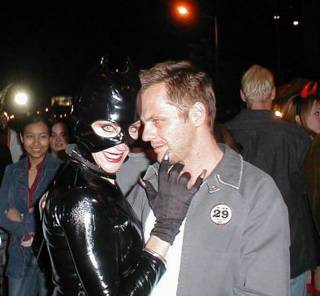
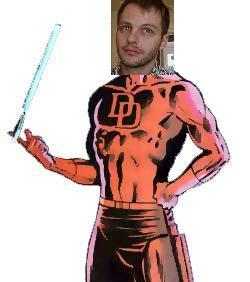



 A Is for Androids
A Is for Androids B Is for Boba
B Is for Boba C Is for Calvin
C Is for Calvin D Is for Dragons
D Is for Dragons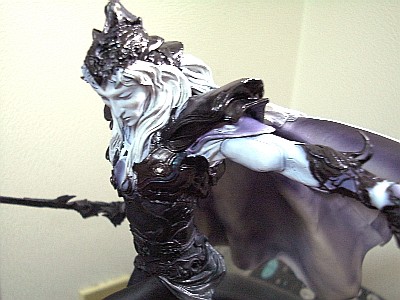 E Is for Elric
E Is for Elric F Is for Futures
F Is for Futures G Is for Genie
G Is for Genie H Is for Hobbits
H Is for Hobbits I Is for Iceman
I Is for Iceman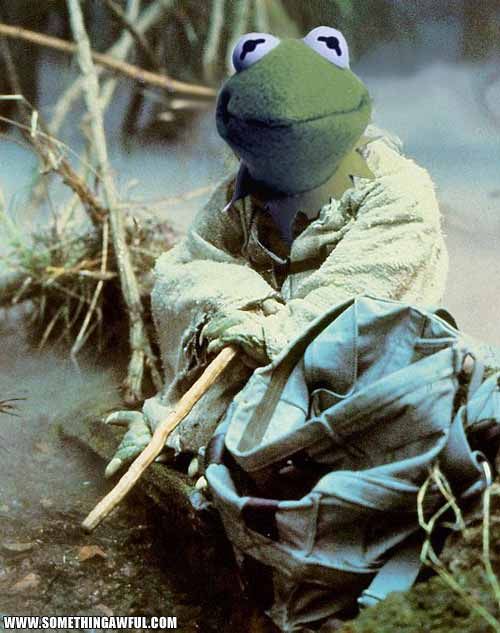 J Is for Jedi
J Is for Jedi K Is for Kraken
K Is for Kraken










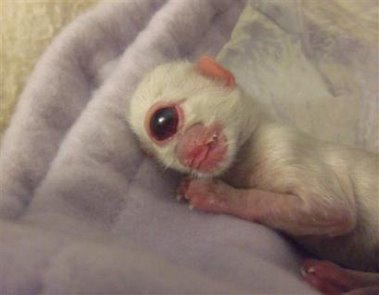






















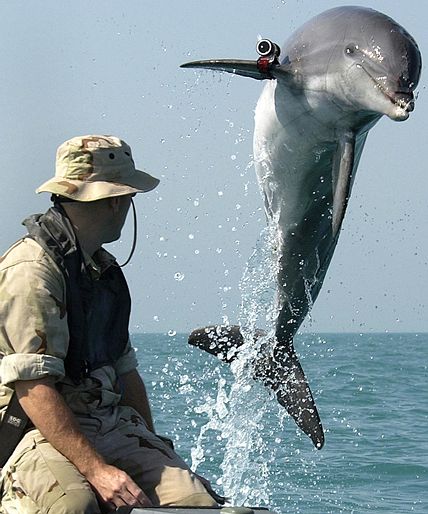

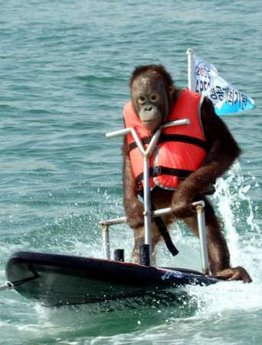
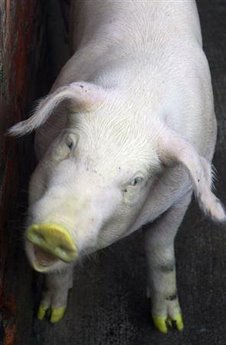



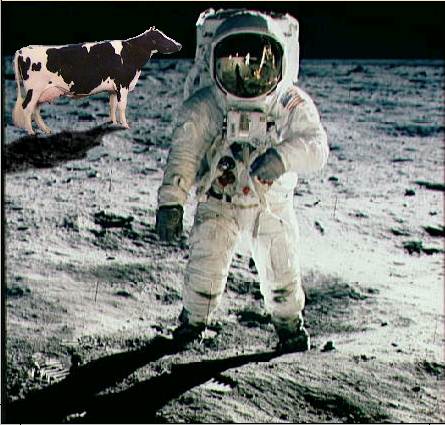
























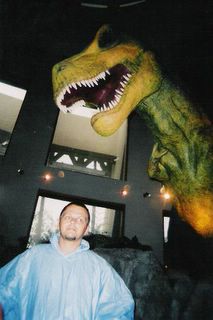



0 Comments:
Post a Comment
<< Home